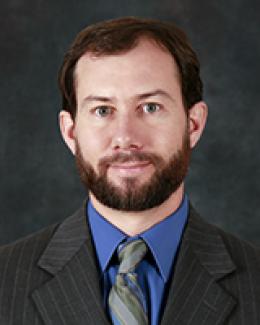
Bio
My work in the Complex and Correlated Materials Group focuses on developing structure-property relationships in inorganic materials that may be of interest for energy applications. In particular, my research is driven by a desire to understand emergent phenomena in materials with competing interactions and complex ground states. This is accomplished through a combination of synthesis and detailed characterization of physical properties. I synthesize single crystals and polycrystalline materials using a variety of techniques (flux growth, optical floating zone furnaces, Bridgman growth, vapor transport reactions, solid-state reactions, arc melting, ball milling). Structural characterization is performed using x-ray diffraction and scanning electronic microscopy, while a variety of thermodynamic, transport and magnetic properties are also measured using in-house equipment.
My research aims to understand quantum magnets and correlated electron systems that may be utilized to improve information technologies or similar areas of national interest. Lately, I have spent a lot of effort to understand quasi-2D magnetic materials where individual magnetic 'slabs' are held together by van der Waals bonds. This structural feature makes the materials suitable for exfoliation based studies that can study the behavior of materials in the ultra-thin limit (few atoms thick) and it also has a tremendous impact on the magnetism and transport properties. Another focus is on materials that may host topological states, especially those with intrinsic magnetism that couples to the electron and/or magnon dispersions. Many of these materials exhibit strong magneto-elastic effects, which we study through dilatometry and diffraction (x-ray, neutron) to complement other physical property measurements.
Collaborations with theorists, electron microscopists, and neutron scatterers allow for a deeper understanding of the materials physics being investigated in our group. For instance, in the area of thermoelectric materials we study how phonons propagate heat through a crystalline lattice, and neutron scattering allows us to probe the influence of the phonon dispersions on the thermal conductivity. In magnetic materials, neuron scattering plays a vital role in understanding the nature of the ground state (such as a particular type of magnetic order), as well as the interactions that stabilize the ground state through investigations of the magnetic excitations. Complementing these efforts, theorists performing density functional calculations and simulations of model Hamiltonians provide unique insights into the emergent properties and their responses to external stimuli. In all of these materials physics efforts, having well-characterized single crystals greatly enhances the science.
Key Words: single crystal growth, electrical and thermal transport, thermoelectric, superconductor, Hall effect and carrier mobility, magnetism, Seebeck coefficient.
Professional Experience
- 2023 – Present, Senior Staff Scientist, Materials Science and Technology Division, Oak Ridge National Laboratory, Oak Ridge, TN
- 2018 – 2023, Staff Scientist, Materials Science and Technology Division, Oak Ridge National Laboratory, Oak Ridge, TN
- 2013 – 2018, Research Associate, Materials Science and Technology Division, Oak Ridge National Laboratory, Oak Ridge, TN
- 2010 – 2013, Postdoctoral Fellow, Materials Science and Technology Division, Oak Ridge National Laboratory, Oak Ridge, TN
Education
- Ph.D., Chemical Engineering, minor in Material Science, Caltech, 2010
- M.S., Chemical Engineering, Caltech, 2007
- B.S., Chemical Engineering, Env. Eng. Minor, Pennsylvania State University 2004

